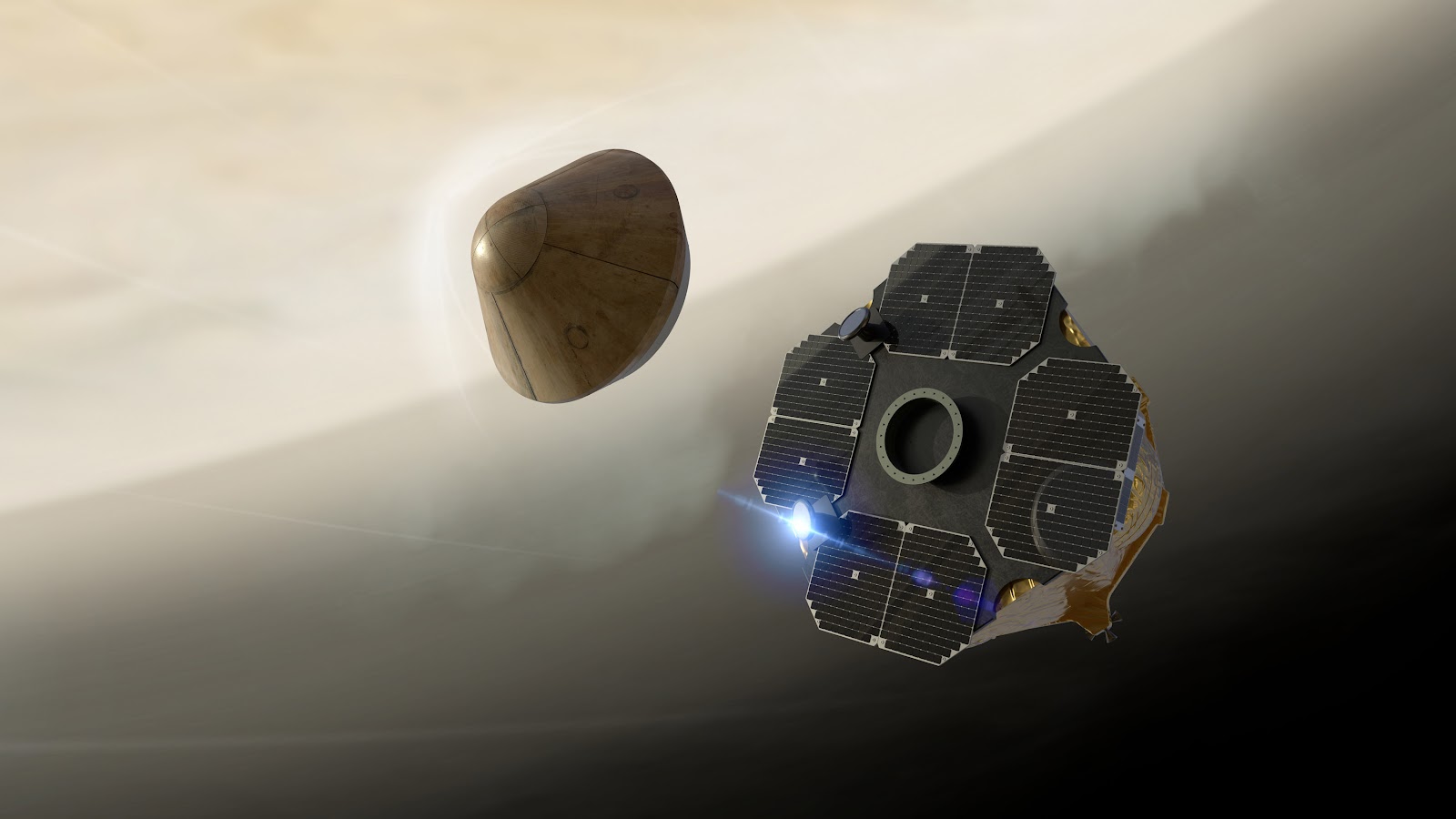On November 13th NASA’s CAPSTONE fired its hydrazine thrusters to slow down its speed as it shot past the Moon and became the first spacecraft to enter NHRO as well as the first successful mission in the Artemis program which aims to send human back to the Moon for the first time in 50 years.
Launched on a dedicated Rocket lab Electron on the 28th of June, CAPSTONE’s mission is to validate the Near-Rectilinear Halo orbit (NRHO) around the moon that will be inhabited by NASA’s new space station around the moon, the lunar gateway. The gateway station is a key part of the Artemis mission architecture where crews will first visit before descending further to the lunar surface. It acts as a strong communication relay and provides facilites for extra lunar science to be performed without carrying it all the way down to the lunar regolith.
There will now be two additional burns to “clean up” the orbit of CAPSTONE where it will test systems associated with operating in NHRO. “This is a very important for us here on the Artemis program, specifically as this is where we will fly gateway ” Jim Free, NASA associate administrator for the exploration systems mission directorate, said on November 13th whilst briefing on the Artemis 1 mission. “As CAPSTONE flies in that orbit for around 6 months, we will get more data to understand and characterise that orbit.”
But this mission nearly wasn’t to be with two major issues that threatened the microwave sized spacecraft during its 4 month ballistic lunar transfer.
Initial issues
11 hours after separating from Rocket Labs lunar photon kick stage on July 4th, suddenly Mission Control lost all contact with the spacecraft, forcing them to delay the first trajectory correction manoeuvre. This was a luxury afforded by the ballistic lunar trajectory flown by CAPSTONE, as it provides far more time to fix problems when compare to the 3 day long direct lunar transfer flown by the Apollo missions.
Exactly 24 hours later communication was restored with the spacecraft, as an automatic watchdog program in the spacecrafts computer, after not receiving data for a day, cycled the power on many components including the high gain radio antenna. It turned out that a command sent during the initial commissioning phase of flight contained a bug that shut down the radio. Luckily all other systems remained functional and the spacecraft held orientation and was power positive.
Now we do not know the cause of this bug, but with some research and contact with industry sources (as well as a healthy dose of speculation), it is possible that Advanced Space - the spacecraft operators - had forgone the use of hardware in the loop testing that would of picked up this on the ground, before it was sent the spacecraft. This form of testing involves every command being sent to a copy of the spacecrafts electronics here on the ground before it is sent up to the spacecraft. However this is expensive as it requires a second set of avionics to be built, and due to Advanced Space’s shoestring budget of $30 million, this is unsurprising.
In a Spin
The previous issue however seemed trivial, when compared to what happened during a planned trajectory correction manoeuvre on the 8th of September. As soon as the burn was started the spacecraft began tumbling out of control. This was bad news for the spacecraft as without proper orientation its antenna wasn’t pointed towards earth, but more importantly its solar panels couldn’t generate power there was a risk of CAPSTONE slowly dying in the cold of interplanetary space.
However after a month of trouble shooting, nominal attitude of the cubesat was restored on October 7th, and the mission was back on track. The issue was eventually traced back to a valve on one of the 8 thrusters located on the aft of the spacecraft. These trusters, built by Stellar Exploration Inc, use hydrazine which is pumped into the thrust chamber er by a magnetically coupled electric pump. When this pump was spun up to pressurise the propellent, the valve was stuck half open, creating off-axis thrust and beginning the spin. Luckily this valve was isolated and the mission could continue towards great things.
Small Spacecraft, Giant leaps
As well as kicking off the return of humanity to the Moon, I think this mission represents a paradigm shift in the type of planetary exploration missions we will see in the future. We are used to seeing large expensive flagship missions like the Perseverance Mars rover or JWST, which cost billions of dollars and are launched on huge rockets. Now we are seeing small missions with small budgets, launched on small rockets doing big science around the solar system.
And CAPSTONE is only the start, there are a pair of small satellites for NASA’s ESCAPADE mission going to Mars, the ream of Cubesats that are hitching a ride on Artemis 1 and a private mission flown by Rocket Lab to search for life in the clouds of Venus, enabled by the low price tag of these missions. Imagine the first extraterrestrial life being found by a spacecraft so small, you could sit it on your kitchen table.
With small missions like this, we can explore the Solar system like never before, imagine swarms of CubeSats flying to Venus, Mars and beyond. All it takes is for one of those spacecraft to find that single cell organism be it in the clouds of Venus, or in Martian Ice and our view of the Cosmos will never be the same.



Comments
Post a Comment